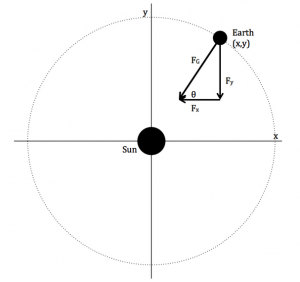Brian Deer
Tewa Kpulun
For our computational project Brian and I will be focusing our efforts on Neural Networks and the Brain. We will be using the Ising model and the Monte Carlo method to model a network of neurons and investigate pattern recognition. With this, we will be able to learn more about content addressable memory, an important component of human memory. Each neuron can be in either two states, spin up or spin down where spin up corresponds to a neuron being active and spin down corresponds to a neuron being inactive. With this comparison, we are able to apply the Ising model to understand the behavior of pattern recognition within the brain.
We will be looking at a very simplified version of the human brain, which we will refer to as the neural network. Our main topics will be how many patterns can the neural network store, the amount of input information that is needed for a successful retrieval of a stored pattern, how long those retrievals would take for various levels of input information, and if the size of the neural network affects it’s overall performance.


